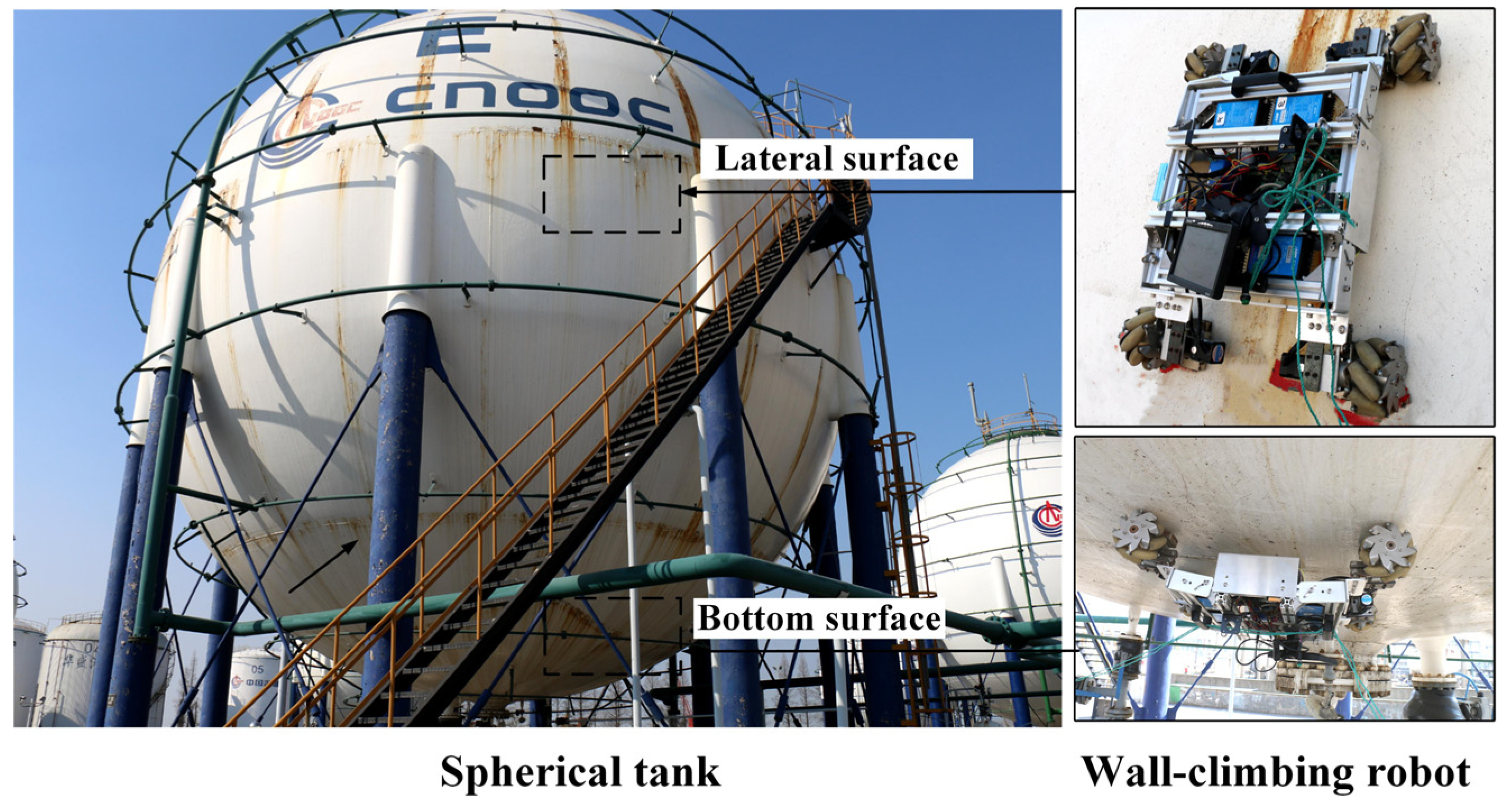A Detailed Review of Tank Welding Inspection Specifications and Methodologies for Improved Weld Top Quality and Performance
The relevance of welding examination requirements in the production of storage tanks can not be overstated, as they serve as the foundation for making certain weld integrity and operational dependability. Numerous assessment strategies, consisting of aesthetic assessments and advanced non-destructive testing techniques, are essential in recognizing possible flaws that might compromise performance.
Significance of Welding Inspection Requirements

Welding assessment requirements incorporate a series of standards, including product specifications, welding treatments, and credentials of personnel associated with the welding procedure. By imposing these criteria, companies can methodically identify and correct potential problems, thereby lowering the probability of expensive repair work or catastrophic failures. Furthermore, rigorous examination techniques foster a society of liability and precision, encouraging welders to maintain high levels of craftsmanship.

Usual Welding Assessment Strategies


Ultrasonic Examining (UT) is an additional prevalent technique, using high-frequency audio waves to detect inner imperfections that might not be noticeable externally. This method is especially reliable for identifying spaces or incorporations within the weld steel. Magnetic Fragment Examining (MT) is additionally widely used, particularly for ferromagnetic materials, as it exposes surface and near-surface issues with the application of electromagnetic fields and ferrous bits.
Furthermore, Liquid Penetrant Screening (PT) identifies surface-breaking defects by using a penetrant to the weld and after that using a developer to draw out the penetrant. Each of these strategies adds to a detailed inspection approach, ensuring that welds fulfill the stringent high quality requirements called for in tank building and construction.
Regulatory Criteria and Compliance
Regulative requirements and conformity are necessary elements in making sure the security and reliability of bonded frameworks in tank construction - Tank Welding Inspection. These criteria serve to develop minimum requirements for material residential properties, welding treatments, and assessment techniques, thus reducing the danger of architectural failings and boosting total efficiency
Trick companies, such as the American Culture of Mechanical Engineers (ASME) and the American Welding Culture (AWS), supply standards that are commonly taken on in the industry. Conformity with these criteria not just makes certain adherence to finest techniques yet also meets legal and legal obligations, safeguarding the interests of stakeholders.
Regulatory bodies typically mandate adherence to details codes, such as ASME Code Area IX for welding credentials and API 650 for bonded storage tanks. These codes outline requirements for welding techniques, qualifications of personnel, and screening approaches to confirm weld integrity.
Routine audits and evaluations are crucial to maintaining conformity, as they assist recognize variances from established requirements. Non-compliance can lead to significant fines, project delays, and security dangers. Thus, a durable understanding of governing standards and a dedication to conformity are extremely important in attaining premium and resilient bonded storage tank structures.
Non-Destructive Checking Techniques
Just how can the stability of bonded frameworks be assured without creating damage? Non-destructive screening (NDT) techniques supply a robust remedy, enabling assessors to assess weld high quality without compromising the material - Tank Welding Inspection. Among the most typical NDT strategies are ultrasonic screening (UT), radiographic testing (RT), magnetic fragment testing (MT), and color penetrant screening (PT)
Radiographic testing entails passing X-rays or gamma rays through the weld, producing photos that disclose architectural problems such as cracks or voids. This method is important for analyzing the integrity of view complex welds.
Magnetic fragment testing is suited for ferromagnetic materials, where electromagnetic fields reveal surface and near-surface interruptions. Color penetrant testing uses a fluid dye to highlight surface-breaking flaws, making it an efficient approach for non-porous materials.
Each of these NDT techniques has unique next page benefits, enabling for thorough analyses tailored to certain products and welding processes. By applying these techniques, markets can guarantee the dependability and safety and security of bonded structures, ultimately improving overall efficiency.
Enhancing Weld Quality Via Inspection
Reliable examination plays an important duty in improving weld quality, functioning as an essential checkpoint in the fabrication process. By identifying potential flaws early, examinations mitigate the threat of endangered structural stability and guarantee compliance with industry criteria. Utilizing a combination of aesthetic examinations, non-destructive screening (NDT) approaches, and mechanical analyses, inspectors can spot problems such as porosity, fractures, and incomplete fusion.
Applying a robust inspection protocol not just boosts the total high quality of welds yet also fosters a society of liability among welders and makers. Regular training and accreditation of examination workers make sure that they are outfitted with the required abilities to acknowledge and resolve prospective problems efficiently. This proactive approach reduces rework and connected costs, ultimately adding to forecast efficiency.
Additionally, detailed documentation of examination searchings for provides valuable understandings right into recurring issues, helping with continuous renovation in welding practices. By leveraging innovative modern technologies, such as automated ultrasonic screening or electronic radiography, weld quality can be enhanced via extra exact assessments. Finally, an extensive assessment process is indispensable in attaining top notch welds, guaranteeing safety, reliability, and longevity in container manufacture.
Final Thought
In final thought, the execution of strenuous tank welding evaluation criteria and techniques is important for ensuring weld integrity and performance. By making click this link use of a mix of visual assessments, non-destructive screening techniques, and adherence to regulatory standards, companies can successfully identify and reduce potential flaws. Fostering a society of liability amongst welders even more boosts the high quality of welding procedures. Ultimately, these practices add to reduced architectural failings, lower repair service prices, and boosted operational performance within the sector.